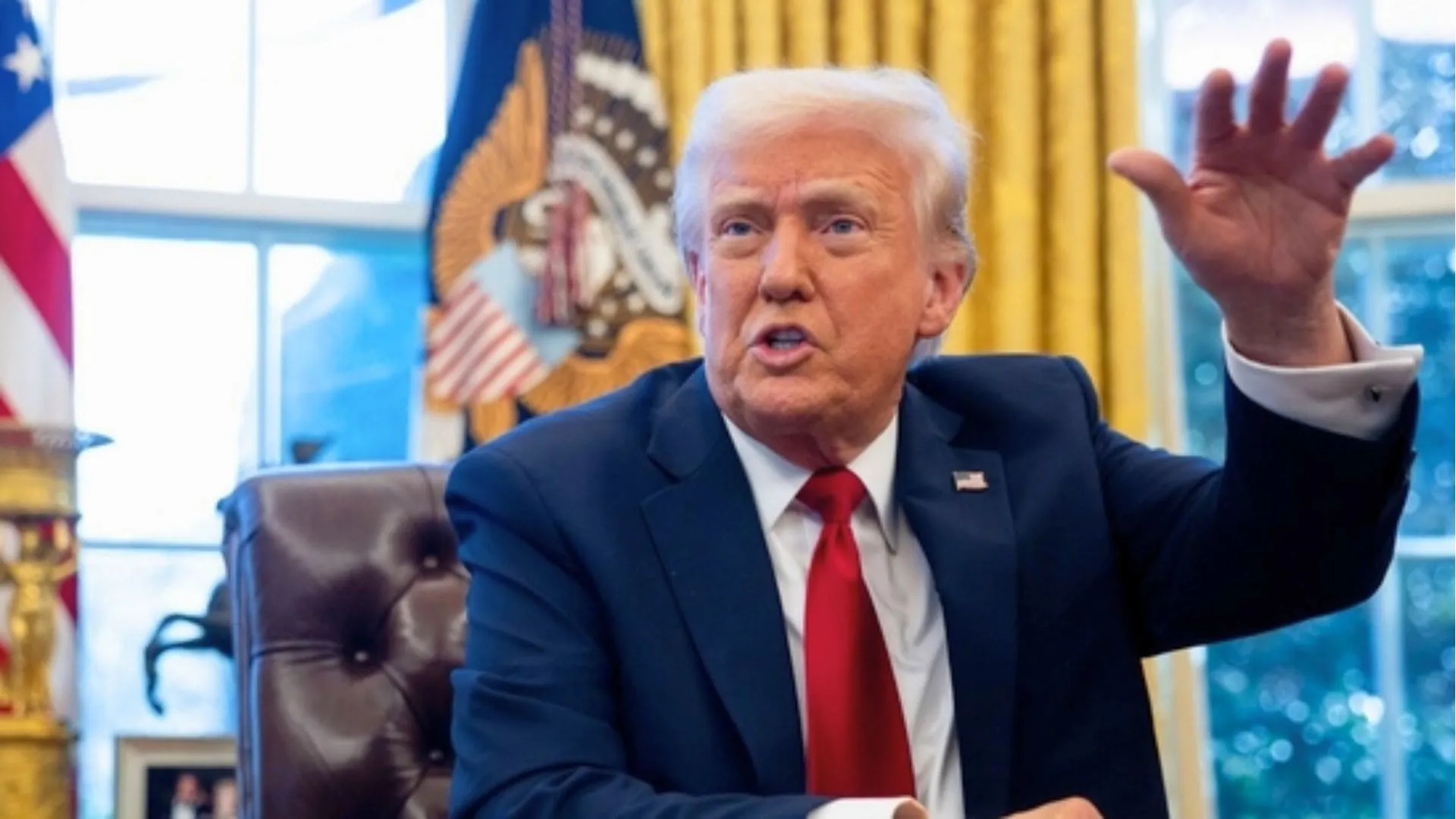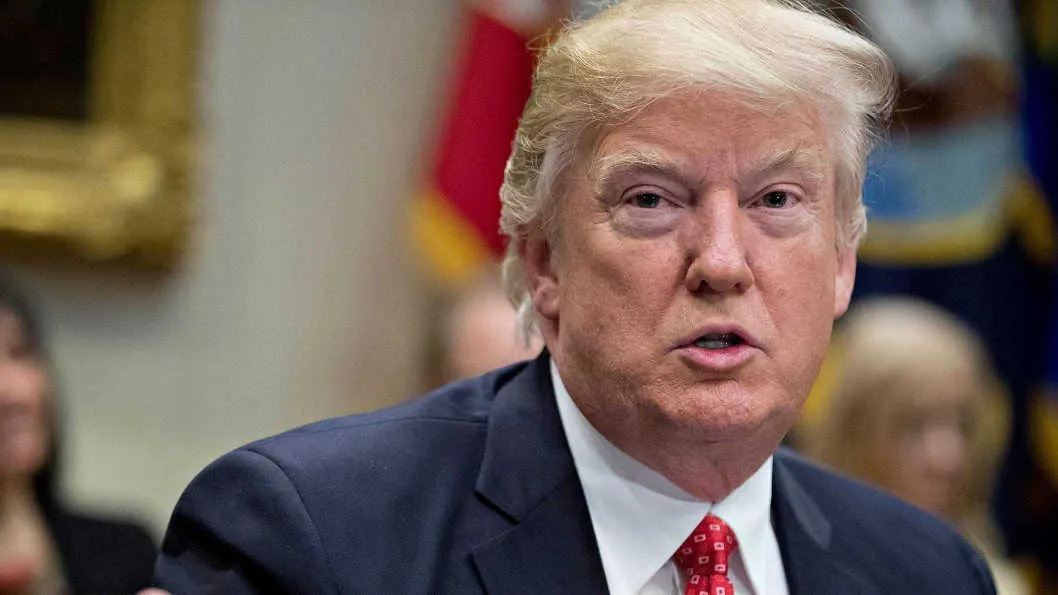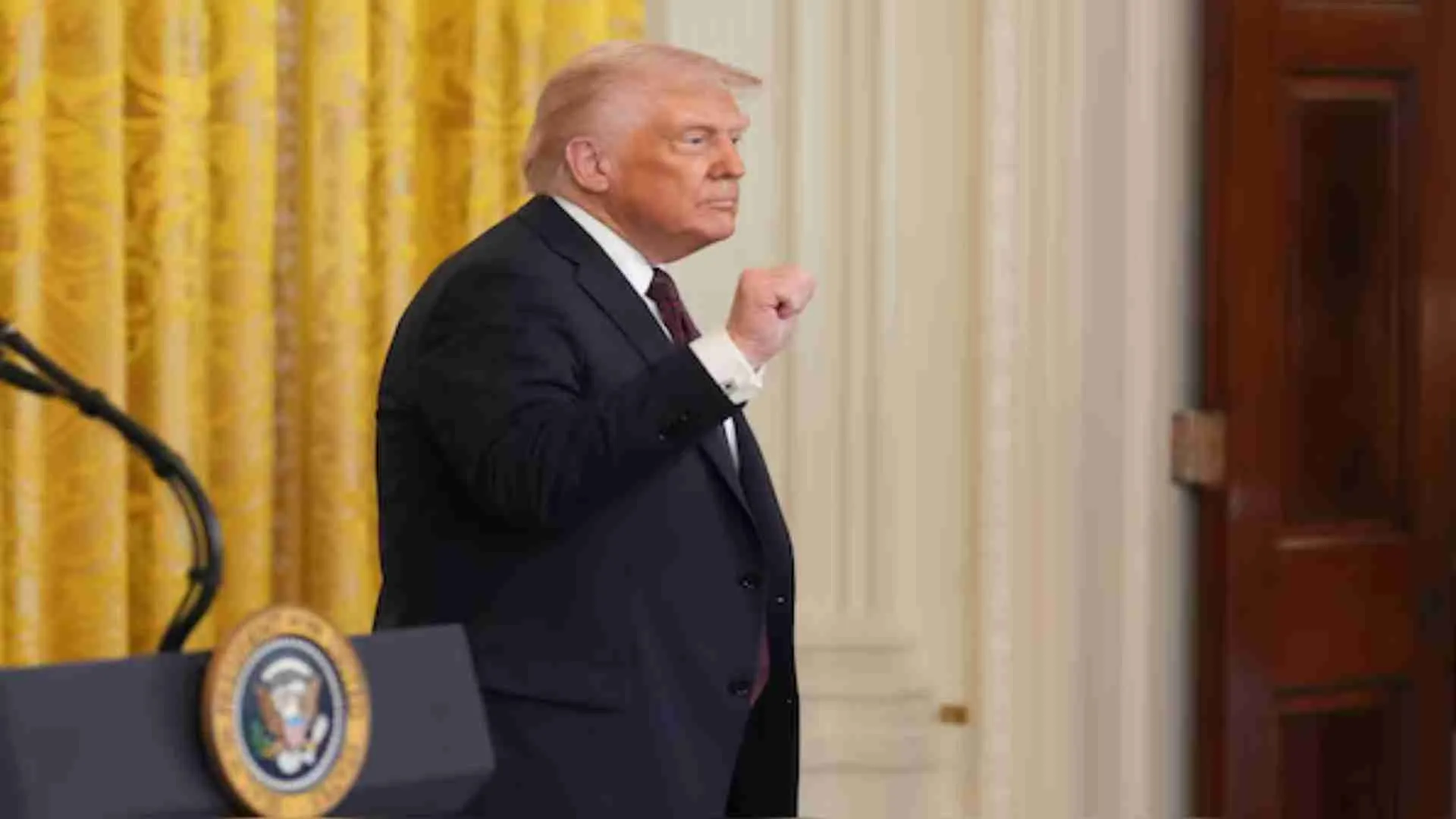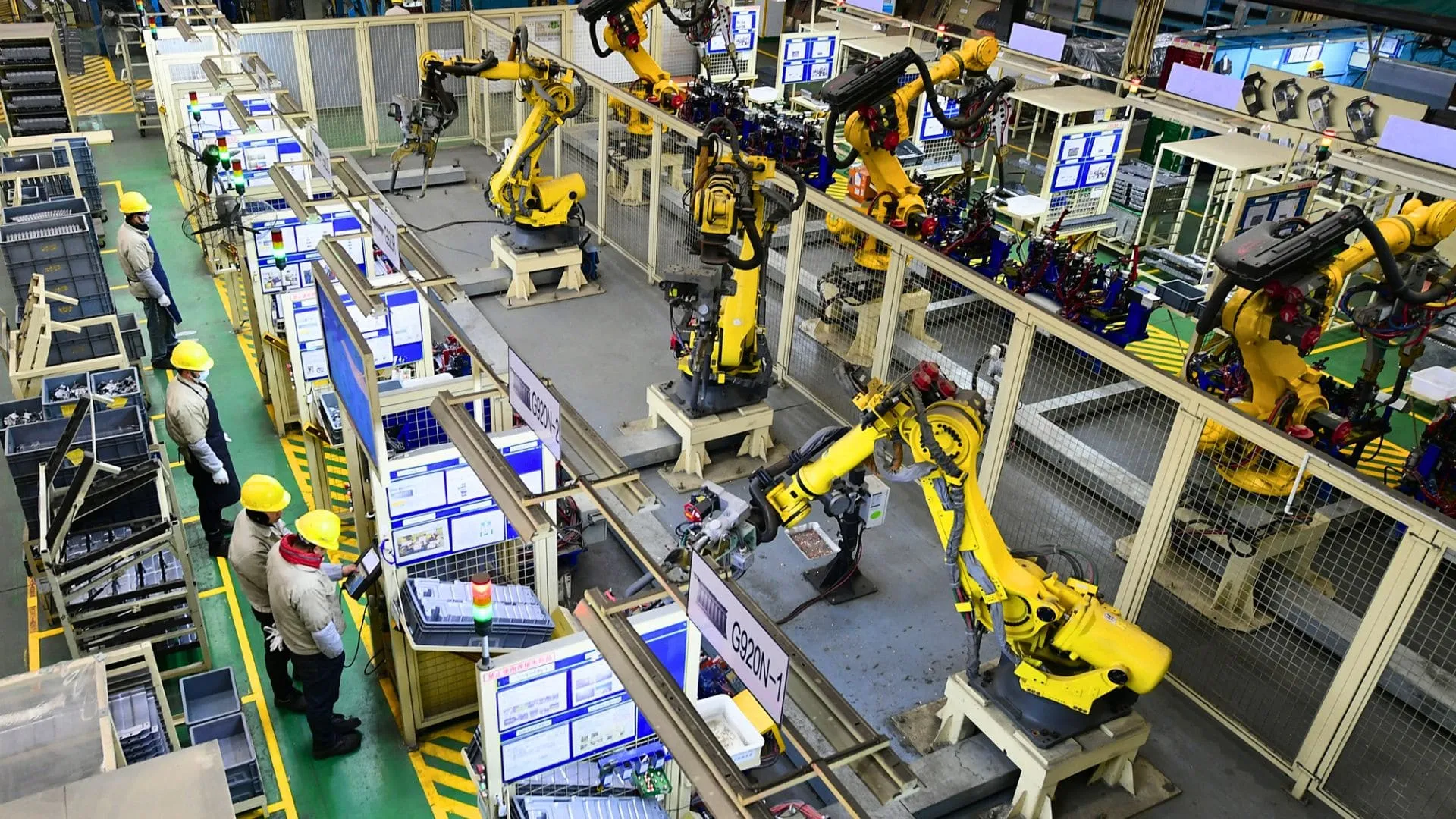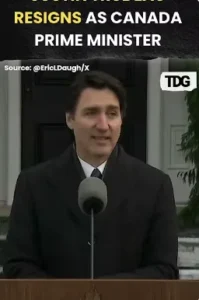US President Donald Trump has intensified his trade war, announcing a series of tariffs on multiple industries and countries. On March 26, he imposed a 25% tariff on all imported automobiles. This follows earlier tariffs on steel, aluminum, and Chinese goods and penalties on nations buying Venezuelan oil. The rapid escalation has rattled markets, fueling concerns over inflation, economic instability, and diplomatic tensions.
North America and China: A Tug-of-War on Trade
Trump’s 25% tariffs on Canada and Mexico took effect on March 4, targeting their failure to curb illegal immigration and fentanyl flow into the US. A 10% tariff on China, a key fentanyl supplier, was also imposed the same day. Initially, Canada and Mexico secured a one-month waiver in February, but after its expiration, tariffs were enforced. On March 5, Trump delayed auto tariffs for a month, extending the pause to goods under the US-Mexico-Canada Agreement (USMCA). However, reports suggest that only 38% of Canadian and 50% of Mexican imports are exempt. Additionally, Canadian potash and oil face 10% tariffs.
China, facing a 10% tariff since February 4, saw an additional 10% penalty on March 4. In retaliation, China imposed a 15% tariff on US coal, liquefied natural gas, and a 10% tariff on crude oil, agricultural machinery, and automobiles. Further retaliation on March 10 included a 15% tariff on US chicken, wheat, and corn, and a 10% tariff on soybeans, pork, and dairy. Trump also indirectly targeted China by imposing a 25% tariff on any nation buying Venezuelan oil, affecting China’s energy imports.
Tariffs on Steel, Aluminum, and More: Economic Shockwaves
Trump’s 25% tariff on steel and aluminum imports took effect on March 12, hitting Canada hardest, as these are in addition to Canada-specific tariffs. Initially, Trump planned a 50% tariff on Canadian steel, but later backtracked. Meanwhile, reciprocal tariffs, allowing the US to match tariffs imposed by other countries, could start on April 2. Countries like India and the UK are in negotiations to avoid this escalation.
The European Union is also in Trump’s crosshairs, with a potential 25% tariff on automobiles and other goods. However, no clear timeline has been provided. Similarly, investigations into copper imports may lead to future tariffs. On March 24, Trump confirmed that any country buying Venezuelan oil will face a 25% trade penalty starting April 2, further pressuring China.
Trump’s latest move, a 25% tariff on imported automobiles, will take effect on April 2, with an expected $100 billion revenue boost. Pharmaceuticals and semiconductors may also face tariffs, though no dates have been set. With shifting policies and economic uncertainty, the global market remains on edge.

